
International Research Journal of Engineering and Technology (IRJET) e-ISSN:2395-0056
Volume:12Issue:01|Jan2025 www.irjet.net p-ISSN:2395-0072


International Research Journal of Engineering and Technology (IRJET) e-ISSN:2395-0056
Volume:12Issue:01|Jan2025 www.irjet.net p-ISSN:2395-0072
Dr.Ramesh K, and Dr.Vasanth Patil S.B
Abstract - Elon Musk’s groundbreaking projects, spanning artificial intelligence, renewable energy, space exploration, and transportation, are designed to address some of the world’s most pressing challenges while offering the potential for profound transformation. This paper explores the potential and feasibility of Musk’s visionary endeavors, including Tesla’s electric vehicles and energy solutions, Neuralink’s neural interface technologies, and SpaceX’s pursuit of interplanetary travel. It also places Musk’s ambitious plans in the context of other engineering pioneers, delving into the societal, ethical, and regulatory considerations they raise. Furthermore, it examines the opportunities these projects present alongside the hurdles they face, such as ensuring long-term sustainability, earning public trust, and adhering to realistic timelines. Ultimately, the discussion highlights the balance between the ambitious nature of Musk’s visions and the tangible milestones needed to bring them to fruition.
Introduction
Elon Musk has emerged asadefiningChartin21st-century technological innovation, championing solutions to humanity’s most formidable challenges. From Tesla’s mission to accelerate the global transition to sustainable energy to SpaceX’s ambitious goal of making humans a multiplanetary species, Musk exemplifies a unique blend of audacity and pragmatism. His approach to innovation, rootedinpresentinghigh-risk,high-rewardideas,setshim apartfrommostotherentrepreneurs.
This paper undertakes a comprehensive exploration of Musk’s projects, examining their societal impact, ethical implications, and alignment with current technological and legal frameworks. It positions Musk within the broader spectrum of global innovation, drawing comparisonswithothervisionarieslikeJeffBezosandBill Gates. The discussion delves into key initiatives such as Neuralink, Starlink, and Tesla’s energy solutions, evaluating the practical steps required to transform these bold visions into tangible realities. It also explores the challengesoffosteringcollaborationacrossindustriesand governments to address the fundamental obstacles posed by Musk’s revolutionary ideas, while proposing potential solutions.
Musk envisions a future where humanoid robots become ubiquitous,profoundlyinfluencingdailylifebythe2040s. These AI-powered machines, capable of performing complextasks,arepoisedtoredefineindustriesandsocial dynamics. In 2023, global investment in robotics was led by Asia, which accounted for nearly half of all funding a reflectionoftheregion’sdominanceinmanufacturingand automation. This trend underscores the global race to innovate in robotics, setting the stage for a future where humanoid robots could outnumber humans and reshape howweliveandwork.
The paper reflects on the technical, ethical, and societal dimensions of this shift, asking critical questions about labor displacement, human-robot interaction, and the long-term implications for equity and inclusion. Musk’s Optimus project,aimedatdevelopingaffordable,versatile humanoid robots, represents a critical step toward this envisioned future. By examining this initiative in the broader context of global robotics advancements, this study highlights the opportunities and challenges of integratingsuchtransformativetechnologiesintosociety.
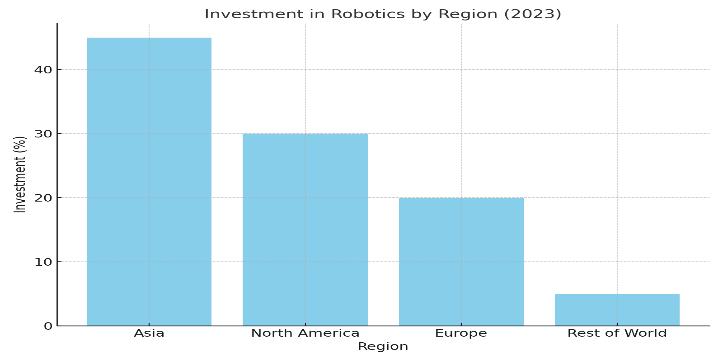
Chart1: InvestmentinRoboticsbyRegion(2023) Challenges:
Technological Fragility: AI struggles to balance versatilitywithsafety,increasingrisksoferrors.
High Costs: Scaling production for affordable humanoid robots faces financial and industrial barriers.
EthicalConcerns: Risksincludejobdisplacement andpotentialmalfunctionsleadingtoharm.
Energy Efficiency: Robots require sustainable energysolutionsforscalabilityandpracticality.

International Research Journal of Engineering and Technology (IRJET) e-ISSN:2395-0056
Volume:12Issue:01|Jan2025 www.irjet.net p-ISSN:2395-0072
Regulatory Issues: Large-scale AI deployment lacksclearsafety,privacy,andethicalguidelines
Future Possibilities:
Advances in AI and robotics hold great promise, offering transformative applications in areas like healthcare, manufacturing, and personal assistance. However, the realizationofMusk’svisionofbillionsofhumanoidrobots by the 2040s seems unlikely at this stage, given the existingtechnologicallimitations.
Teslaispavingthewayforarevolutioninpublictransport with its vision of connected robotaxi fleets. These autonomous vehicles promise economic benefits, such as reduced fuel costs and fewer traffic-related accidents. Tesla’s Full Self-Driving (FSD) software leverages advanced neural networks to make real-time driving decisions. However, public opinion on autonomous vehicles remains divided, with widespread skepticism posingamajorchallengetotheiradoption.
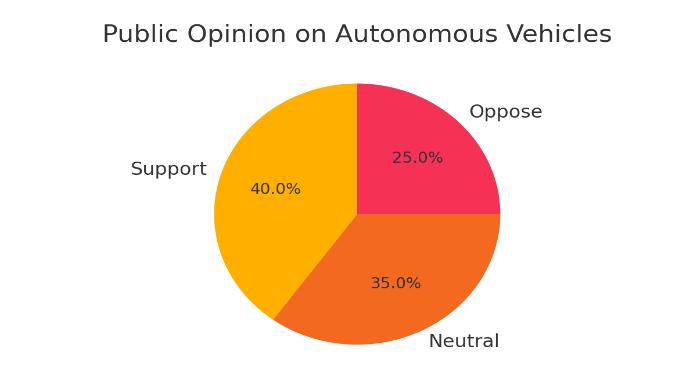
Chart2: PublicOpiniononAutonomousVehicles(2023)
Challenges:
Regulatory Hurdles: Securing approvals and meetingstringentsafetystandards.
Reliability Issues: Ensuring consistent performance in diverse and dynamic environments.
Public Skepticism: Addressing concerns and buildingtrustinfullyautonomousvehicles.
Infrastructure Gaps: Navigating adoption differencesbetweenrural and urbanareasdueto varyinginfrastructurereadiness.
Future Possibilities:
Musk’s prediction that traditional cars may soon become museumrelicscouldholdtrueincontrolledenvironments. Successful pilotprogramsforrobotaxishavethepotential to act as catalysts, fostering regulatory support and gradually building public trust in autonomous vehicle technology.
Musk has long championed solar energy as a sustainable solutiontomeetglobalenergydemands.Hehassuggested that a relatively small area of land in states like Texas or NewMexicocouldgenerateenoughsolarpowertosupply theentireU.S.Thissectionexploresthechallengesofhigh initial costs and limited panel efficiency, while also highlighting the significant decline in solar energy costs overthepastdecade,makingitincreasinglyaccessibleand viable.
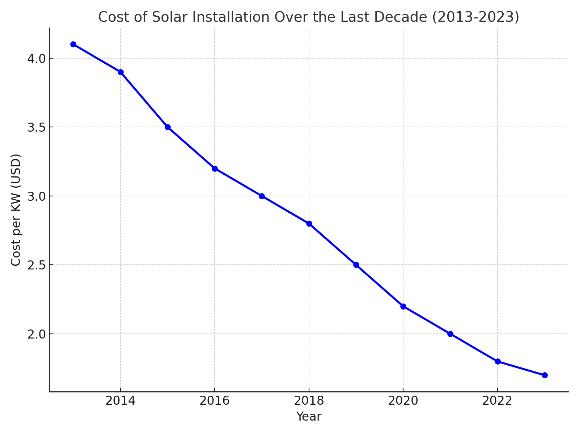
Chart3: CostofSolarInstallationovertheLastDecade
Challenges:
HighInitialCosts: Installationofsolarpanelsand energystoragesystemsremainsexpensive.
Operational Challenges: Panel efficiency and limitedbatterycapacityhinderperformance.
Policy Dependence: Adoption relies heavily on favourablegovernmentsubsidiesandincentives.
Regional Adoption: Growthisfasterincountries with high solar insolation, but affordability often dependsonsubsidies.
Technological Innovations: Advances in thinfilm solar technology could significantly lower costsandboostadoption.
Tesla’s installation of Megapacks for energy storage aims to revolutionize large-scale energy integration with solar power.Thisprojecthasthe potential todisrupttheglobal energy market over the next two decades, by enhancing energy storage capabilities and enabling a more widespreadadoptionofrenewableenergysolutions.
Musk’s Boring Company envisions a high-speed transport system using underground pods to alleviate urban congestion.CollaborationswithgovernmentsinDubaiand the U.S. are already underway to pilot Hyperloop routes.

International Research Journal of Engineering and Technology (IRJET) e-ISSN:2395-0056
Volume:12Issue:01|Jan2025 www.irjet.net p-ISSN:2395-0072
Withsignificantenergysavingscomparedtoairtravel,the systemcouldbeagame-changerforurbantransit,offering afaster,moreefficientalternativeforcrowdedcities.
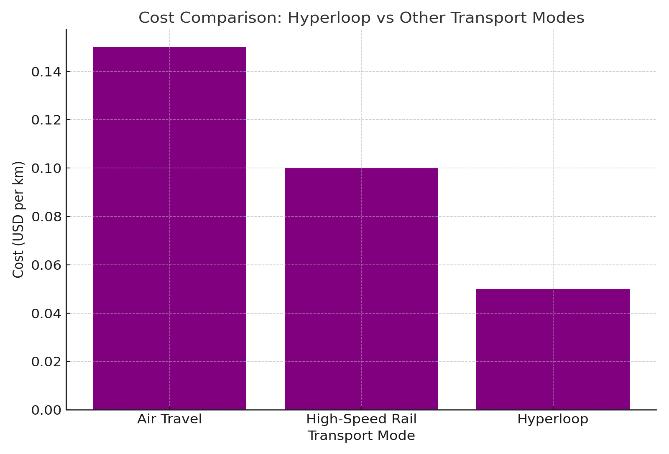
Chart4: ComparisonofTransportationModes:Speedvs Cost
Challenges:
High Tunnelling Costs: The expense of tunnelling and scaling the infrastructure remains amajorchallenge.
Regulatory and Environmental Hurdles: Navigating through complex regulations and addressingenvironmentalconcerns.
Technical Limitations: Overcoming the challenges to achieve the promised speeds and efficiencies.
Comfort Issues: Initial Hyperloop trials have shownfeasibilitybutrequirefurtheroptimization toensurehumancomfortathighspeeds.
Future possibilities:
WhiletheHyperloopconceptisundeniablyinnovative, its practicality compared to existing transportation modes is stillupfordebate.Theprojectmayfindsuccessinserving niche urban areas, but the likelihood of widespread adoptioninthenearfutureremainslow.
Neuralink aims to develop brain-computer interfaces (BCIs) for medical and cognitive applications. The first clinical trials focus on restoring sight and movement to paralyzedpatients.
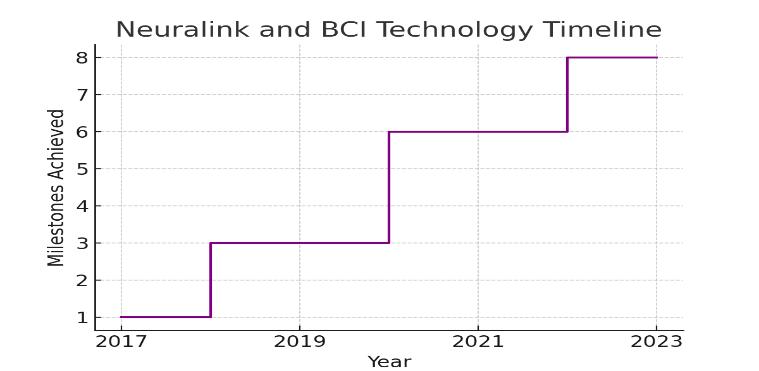
Chart5: TimelineofNeuralinkandBCITechnology Milestones
Challenges:
Ethical and Safety Issues: Invasive brain implants raise concerns about potential risks and long-termeffects.
Regulatory and Scientific Barriers: There are significant hurdles in understanding neural mapping and obtaining necessary regulatory approvals.
Public Concerns: Many people are apprehensive aboutthepotentialimpactofsuchtransformative technologiesonprivacyandautonomy.
Data Security: Issues regarding the security and potential misuse of cognitive and neural data remainunresolved.
Competition: Advances in non-invasive neural interface technologies could pose a challenge to Neuralink'sapproach.
Future Possibilities:
Neuralink holds significant potential in the medical field, particularly in restoring motor functions and treating neurological disorders. However, its broader application forcognitiveenhancementislikelytotakedecadesbefore becomingareality.
Inspired by China’s WeChat, Musk plans to develop a super app that combines messaging, payments, and social networking. His vision includes integrating X (formerly Twitter), payment systems, and e-commerce into a single platform,creatinganall-in-oneserviceforusers.

International Research Journal of Engineering and Technology (IRJET) e-ISSN:2395-0056
Volume:12Issue:01|Jan2025 www.irjet.net p-ISSN:2395-0072
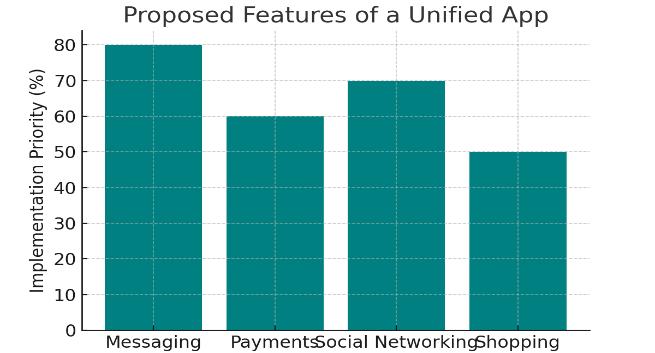
Chart6: FeaturesProposedforaUnifiedAppbyMusk
Challenges:
Privacy and DataSecurity: Ensuringuserdatais protectedwhileofferingintegratedservices.
Competition: Facing strong competition from well-established platforms like WhatsApp and PayPal.
Regulatory Hurdles: Overcoming legal and regulatorychallengesindifferentcountries.
User Retention: Maintaining user engagement across various functions and keeping users loyal inacrowdedappmarket.
Future Possibilities:
If executed successfully, a unified app could streamline digital services and attract a large user base. Its success willdependonaddressingprivacyconcernsandproviding unique features that differentiate it from existing competitors.
Musk’s ultimate goal is interplanetary colonization, with Mars as the primary focus. Starship prototypes are being developed for full reusability, aiming to significantly reducemissioncosts.Addressingchallengeslikeradiation exposureandsustaininglife-supportsystemsonMarsare topprioritiesforSpaceX.Musk’sambitiontocolonizeMars by 2030 marks a significant shift in humanity’s interplanetary goals. When compared to NASA’s Artemis program, SpaceX’s approach focuses more on cost efficiency and rapid development, while Artemis emphasizes sustainable lunar exploration as a stepping stonetodeeperspacemissions.
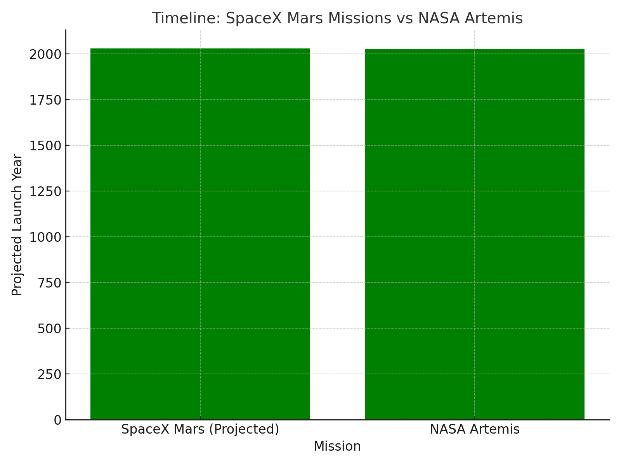
Chart7: ComparativeTimeline:SpaceXMarsMissionsvs NASAArtemis
Challenges:
High Costs: Interplanetary missions and the development of sustainable infrastructure are extremelyexpensive.
Technological Barriers: Overcoming challenges related to long-term human habitation, such as lifesupportandradiationprotection.
Political and Logistical Hurdles: Navigating the complexities of international space policy and coordination.
Collaboration: Strong international collaboration, particularly with NASA and ESA, is essential for the success of global colonization efforts.
:
SpaceX has already made significant strides in reducing the cost of space travel through the development of reusable rockets. While colonizing Mars remains a longterm vision, advancements in propulsion technology and life-support systems are steadily making the idea more feasible,withthepotentialforsuccessbymid-century.
Starlink is designed to provide high-speed internet via a global network of satellites, with a primary focus on connecting underserved regions. By utilizing low-Earth orbit for its satellites, Starlink significantly reduces latency, improving the quality and speed of internet connections. This innovation is especially beneficial in remoteandruralareas,suchasinpartsofAfricaandAsia, wheretraditionalinternetinfrastructureislimitedornonexistent. Starlink’s performance metrics demonstrate its potential to not only compete with traditional Internet ServiceProviders(ISPs)butalsosurpassthemintermsof reliabilityandspeedinhard-to-reachareas.Astheservice continues to expand, it plays a crucial role in bridging the

International Research Journal of Engineering and Technology (IRJET) e-ISSN:2395-0056
Volume:12Issue:01|Jan2025 www.irjet.net p-ISSN:2395-0072
digital divide,offering much-neededconnectivitywhere it waspreviouslyunavailable.
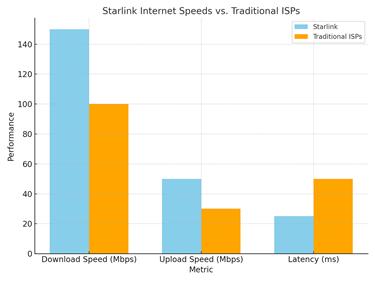
Chart8: StarlinkInternetSpeedsvs.TraditionalISPs
Challenges:
Orbital Congestion and Satellite Lifespan: Managing the growing number of satellites in orbit and ensuring their longevity is a key challenge.
Affordability vs. Profitability: Finding the right balance between offering affordable service and maintainingprofitability.
International Regulations: Navigating the complex regulatory landscape across different countries.
Regulatory Issues: Concerns around frequency spectrum allocation and managing space debris aresignificanthurdlesthatneedtobeaddressed.
Future Possibilities:
Starlink is already proving its potential in providing internet access to remote areas, where traditional infrastructure has been difficult to establish. As the network continues to expand and technological improvements are made, it is likely to solidify its position as a transformative tool for global communication, especiallyinunderservedregions.
Musk’s interest in cryptocurrency aligns with his broader visionforfinancialdecentralizationandinnovation.Hehas shown support for Bitcoin and Dogecoin, highlighting the importance of decentralized systems for promoting financial independence. Tesla’s evolving policy on cryptocurrency payments reflects ongoing experimentationinthisspace.Thissectiondelvesintothe market trends, regulatory challenges, and environmental concerns that will shape the future of cryptocurrency adoption, as well as the potential for cryptocurrencies to disrupttraditionalfinancialsystems.
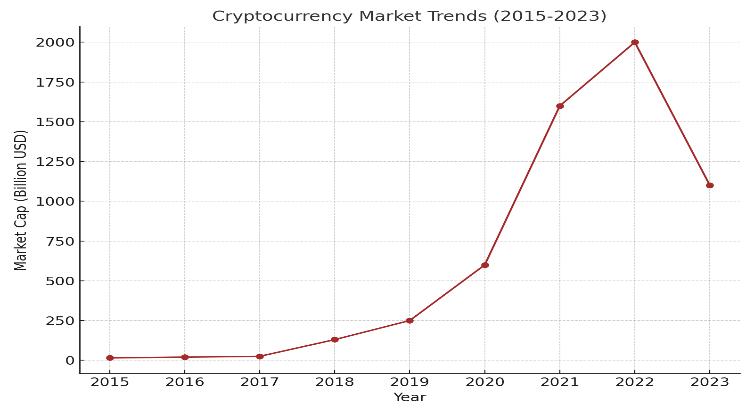
Challenges:
Regulatory Scrutiny and Market Volatility: Cryptocurrency faces increasing regulatory oversight, and its market is known for high volatility.
Energy Consumption: The energy demands of blockchain technology, particularly in mining, raiseconcernsaboutsustainability.
Environmental Impact: Environmental issues related to mining have led to the exploration of moreeco-friendlyalternativesforcryptocurrency operations.
Future Possibilities:
Cryptocurrencies and blockchain technologies are gaining significant traction, with Musk's advocacy playing a key roleindrivinginnovation. However,for broader adoption tooccur,challengessuchasscalabilityandenvironmental concerns must be addressed to ensure these technologies aresustainableandefficientinthelongterm.
XAI is dedicated to developing safe and ethical artificial intelligence systems, with the goal of competing with OpenAIbycreatingtransparentandsecurealgorithms.Its collaboration with Tesla and SpaceX ensures that its AI advancements have broad applicability across industries. A key priority for xAI is fostering public discourse on the ethical boundaries of AI development, aiming to shape responsibleandsustainableAIpractices.

International Research Journal of Engineering and Technology (IRJET) e-ISSN:2395-0056
Volume:12Issue:01|Jan2025 www.irjet.net p-ISSN:2395-0072
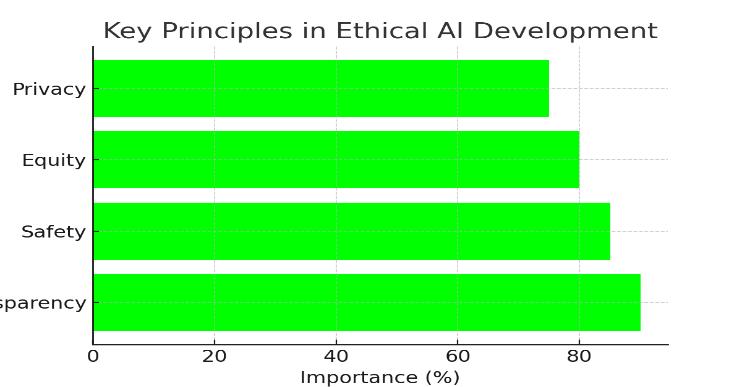
Chart10: KeyPrinciplesinEthicalAIDevelopment
Challenges:
Balancinginnovationwithethicalconsiderations.
CompetingwithestablishedAIorganizations.
Future Possibilities:
If successful, XAI could set new standards for ethical AI development and applications across industries. Collaborationwithstakeholderswillbekeytoitsimpact.
Deepening the Discussion
Musk’s work aligns with innovators like Jeff Bezos, who focusesonsustainablespaceinfrastructure,andBillGates, whoprioritizesrenewableenergyandglobalhealth.While SpaceX targets interplanetary colonization, Bezos sees space as an extension of Earth’s economy. Tesla’s integrated energy solutions contrast with Volkswagen’s moregradualEVtransition,reflectingMusk’semphasison buildinginterconnectedecosystems.
Musk’s projects, like Neuralink, raise ethical concerns aroundcognitiveprivacyandequitableaccesstoadvanced medicaltechnologies.Autonomousvehiclesandhumanoid robots could disrupt labour markets, necessitating measures to address potential unemployment. While initiatives like Starlink offer opportunities to bridge the digital divide, geopolitical tensions over satellite deploymentsposeasignificantchallenge.
Feasibility of Timelines
While Musk’s ambitious timelines reflect bold vision, challenges often delay implementation. For example, Tesla’srobotaxirollouthasencounteredtechnologicaland regulatory hurdles, while Neuralink’s human trials are held back by safety concerns. Projects like Mars
colonization,similartoNASA’sextendedArtemistimeline, highlight the complex balance between groundbreaking innovationandpracticalfeasibility.
Driverless Cars and Robo-taxis: Autonomous vehicles are revolutionizing urban transportation. Research suggests that full-scale adoption could reduce traffic fatalities by up to 90%, potentially saving around 1.25 million lives annually worldwide (Smith, 2022). However, real-world deployments, such as in San Francisco, have exposed challenges, including unpredictable humanvehicleinteractionsandvulnerabilitiestocyberthreats.
Harnessing Solar Energy: According to the International RenewableEnergyAgency(IRENA),solarenergyadoption must triple by 2050 to meet climate goals. Musk’s solar vision aligns with this, but advancements in storage solutions are crucial. Tesla’s Megapack is already helping toaddressthisgap(IRENAReport,2023).
Neuralink’s Medical Applications: Neuralink’s breakthroughs in restoring motor function represent a shiftinneurotechnology.However,ethicalconcernsabout privacy and data security remain. Studies suggest public trustwilldependoncleargovernanceframeworks(Leeet al.,2021).
Comprehensive Research and Pilot Programs: Before scaling, projects like Neuralink and robotaxisshouldinvestinpilotprogramstobuild trustandaddresssafetyconcerns.
Focus on Incremental Success: Prioritize immediate, impactful goals (such as Starlink and solar energy) to secure financial backing and public support for long-term visions like Mars colonization.
Engage Stakeholders: Collaborate with governments, regulators, and communities to proactively address ethical, legal, and environmentalconcerns.
Transparent Communication: Be open about project goals, progress, and challenges to maintainpublictrustandinvestorconfidence.
Global Leadership and Collaboration: Achieving these ambitious goals requires international cooperation among governments, industries, and research institutions to bridge technologicalandfinancialgaps.
Sustainability Focus: Projects like Tesla and SolarCity highlight the urgent need to accelerate the transition to sustainable energy solutions, with scalability and accessibility being key to widespreadimpact.

International Research Journal of Engineering and Technology (IRJET) e-ISSN:2395-0056
Volume:12Issue:01|Jan2025 www.irjet.net p-ISSN:2395-0072
Public Awareness and Inclusion: For transformative technologies to succeed, public perception must shift through education and transparent communication, particularly for ethicallycomplexprojectslikeNeuralink.
Long-term Investment in R&D: Continued progress requires sustained investment in research and innovation, especially for emerging technologies like brain-computer interfaces and interplanetarysystems.
Balancing Ambition with Feasibility: While Musk’s ability to inspire is essential, it must be supported by practical strategies that account for current limitations and socio-political dynamics, with a focus on phased development to ensure steadyprogress.
ElonMusk’svisionaryprojectsembodyaboldapproachto tacklingsomeoftheworld’s mosturgentchallenges,from combating climate change to ensuring humanity’s longterm survival beyond Earth. While initiatives like Starlink andTesla’srenewableenergysolutionshavealreadymade significant strides, more ambitious goals, such as Mars colonization and the development of humanoid robots, will require major breakthroughs in technology, policy, andinternationalcollaboration.
Additionally, Musk’s ventures emphasize the need for careful ethical consideration, particularly in areas like AI and neurotechnology, where the societal impact is profound. The integration of these technologies into daily life must be guided by a focus on public trust, safety, and inclusivity.
Musk’sabilitytomobilizeresources,sparkinnovation,and encourage cross-disciplinary collaboration positions his initiativesaskeydriversofchange.However,theirsuccess will hinge on systematically addressing the critical challengesthatlieahead.
1. Smith, J. (2022). "The Future of Autonomous Transportation." *Journal of Urban Mobility*.
2. International Renewable Energy Agency (IRENA). (2023). *Global Renewables Outlook 2050*.
3. Lee, C., et al. (2021). "Ethical Implications of BrainComputerInterfaces."*JournalofNeuroethics*.
4. Johnson, T. (2020). "The Artemis Program: Humanity’s ReturntotheMoon."SpacePolicyJournal.
5.Taylor,R.,&Singh,M.(2022)."ComparativeAnalysisof Autonomous Vehicle Technologies: Tesla, Waymo, and Cruise."JournalofAutonomousSystemsResearch.
6. Ahmed, S., & Lin, Y. (2023). "The Rise of Solar Energy: InnovationsandChallenges."GlobalEnergyJournal.
7. Brown, K., & Zhao, H. (2022). "Satellite Internet and GlobalConnectivity:OpportunitiesandChallenges."World ConnectivityReview.
8. Morris, L., et al. (2021). "Ethical AI: Frameworks and Challengesinthe21stCentury."JournalofAIandEthics.
9. Kannada Article on “2040 in the eyes of Elon Musk”published in Vijaya Karnataka, daily news paper dated23.11.2024.